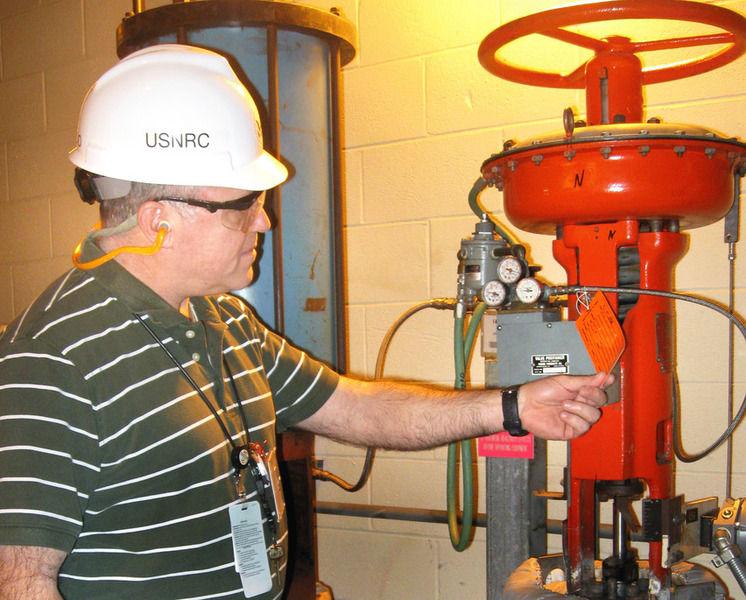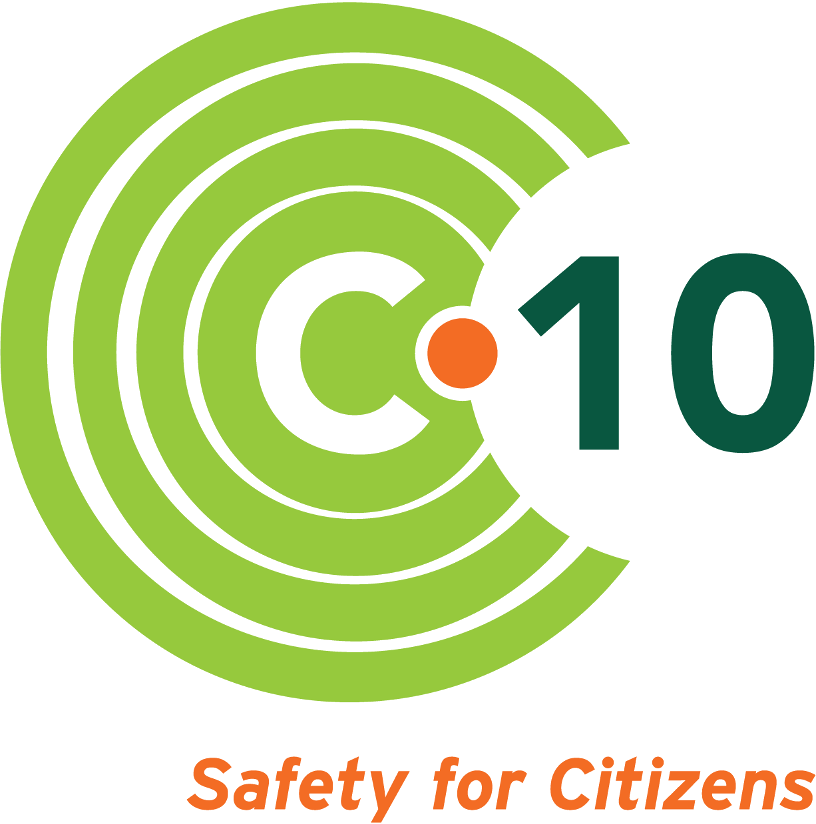NRC's annual Seabrook update covered COVID & concrete
- By Natalie Treat
- •
- 22 Jun, 2020
Webinar format allowed public to listen and ask questions

It's usually held in a hotel banquet hall in Hampton, New Hampshire. But, like so many events impacted by the COVID-19 pandemic, federal regulators turned to a virtual format to convey their annual safety findings for the Seabrook Station nuclear reactor.
On June 3, the US Nuclear Regulatory Commission hosted a webinar to discuss the agency’s assessment of safety performance at Seabrook Station for 2019. Per the NRC, about 75 members of the public dialed in to listen and ask questions. View NRC’s slide deck, here, and read coverage of the meeting by the Newburyport Daily News.
After summarizing that there were only a handful of “green” safety citations in 2019 (meaning the lowest level of concern), NRC staff wisely focused on the key issues on everyone’s minds, namely: how NextEra Energy Seabrook and the NRC have been impacted by COVID-19, and what’s the latest with Seabrook’s degraded concrete.
These issues have been particularly salient in light of the spring refueling and maintenance outage that took place in April, when approximately 1,400 contract workers were onsite. Seabrook was the first nuclear plant in the nation to undergo refueling during the pandemic, and while there have been a few reports of illness at the plant, NextEra Energy has been very tight-lipped about protocols and sick workers, other than to say that they are following best-practices. More on that in an earlier blog: Monitoring nuclear safety in pandemic times.
Senior NRC Resident Inspector Paul Cataldo (pictured above) explained how he and his colleague Travis Daun conducted remote oversight of the reactor, since their onsite presence was significantly reduced in recent months due to social distancing and work-at-home guidance.
Cataldo said that even though the inspectors were visiting the plant only about every three days during the height of the initial COVID-19 outbreak, he and Daun had regular meetings, access to plant logs and cameras, etc. Still, there’s no substitution for in-person inspection. It was reassuring to hear that as of mid-June, the inspectors are onsite about four days a week, consistent with state guidance on re-opening.
Here are the questions that I posed to Cataldo and his colleagues during the Q&A session:
1)”You mentioned that NextEra Energy sought regulatory relief due to the pandemic, including the ability to relax staffing requirements as well as defer important safety inspections that were supposed to happen during the April refueling outage.
What can you tell us about whether or how Seabrook has invoked regulatory leniency regarding staffing by NextEra and/or any of the more than 1,000 contract workers who were on site for the refueling and maintenance period?”
Cataldo said that NextEra sought the regulatory waiver preemptively, but they haven’t needed to invoke it. While 12-hour shifts are standard during refueling, NextEra has not needed to have workers on the job even longer due to any staff shortages resulting from the pandemic.
2) “You mentioned that resident inspectors have been conducting a fair amount of their work remotely. C-10, as you know, is very concerned about the problem of degraded concrete at the nuclear plant.
How has COVID-19 changed the frequency and/or the manner in which the progress of alkali-silica reaction is measured and monitored? For example, is there a reduced in-person presence by the NRC inspectors when this work is being performed?”
Cataldo said that there has been no impact in how inspections have been proceeding, noting that he continues to conduct visual inspections of the plant himself, in addition to the scheduled monitoring undertaken by NextEra and its contractors.
That doesn’t address the concern that monitoring of alkali-silica reaction at Seabrook, is, in the words of C-10's independent expert Dr. Victor Saouma, “inadequate” and “sophomoric.” But I digress.
These NRC public meetings always feel a bit routine, but it’s still important that members of the public hear the presentations and take time to ask thoughtful questions. It was great to hear many C-10 supporters on the call. NRC has said that they will post a summary of the meeting and C-10 will be sure to share that when it becomes available.
Meanwhile, we’re waiting with bated breath for the ruling by NRC’s Atomic Licensing Board on whether Seabrook’s concrete-aging management program is up to snuff. After two extensions, the Board has said they will rule on the case by July 10. Read about the case brought by C-10.
Want to learn more? We've scheduled our Annual Public Meeting for Wednesday July 15, a few days after the ruling should be issued. Our attorney Diane Curran will be on hand to help us decipher the ruling. Sign up to participate in the webinar.
Follow us



